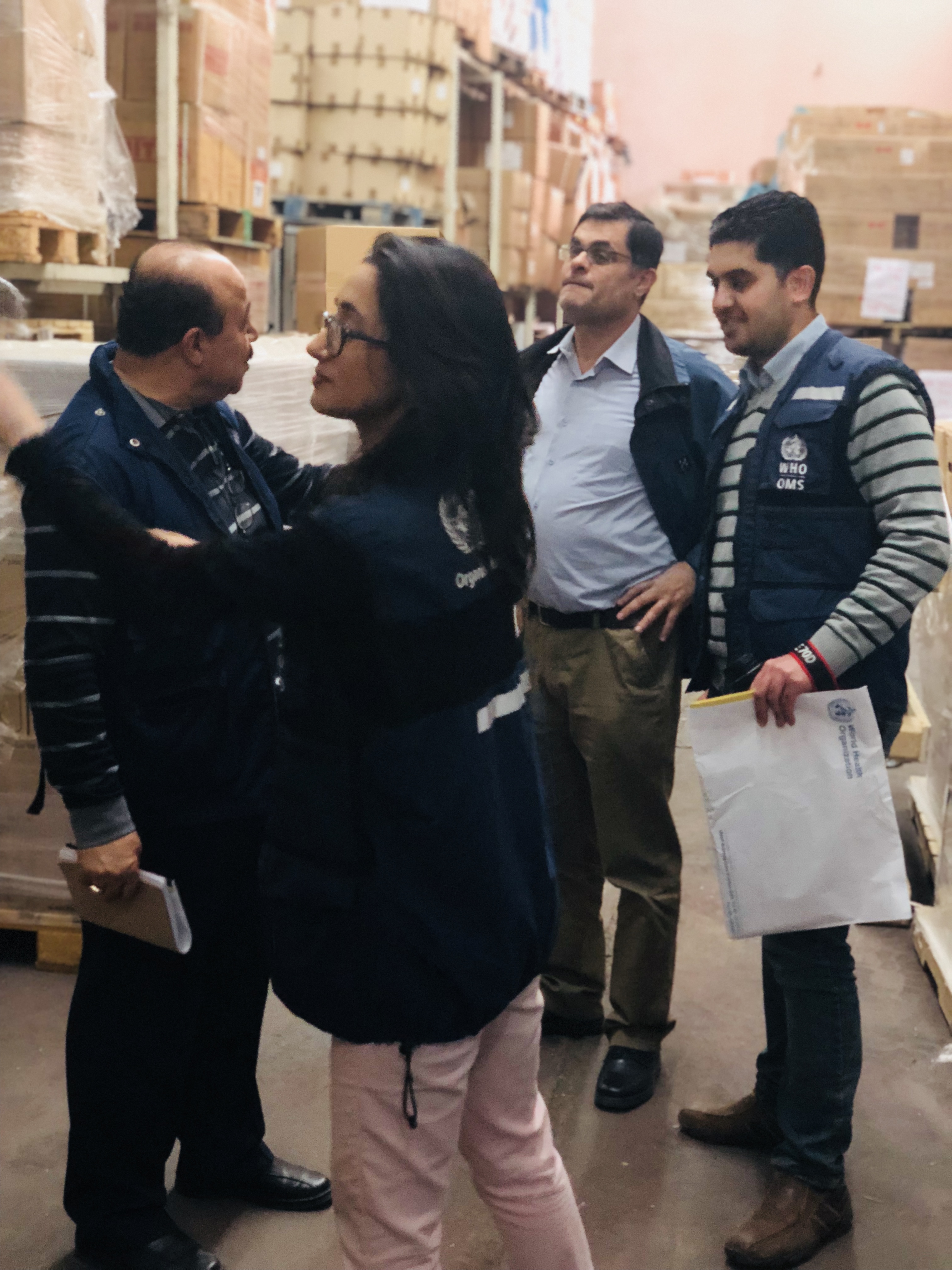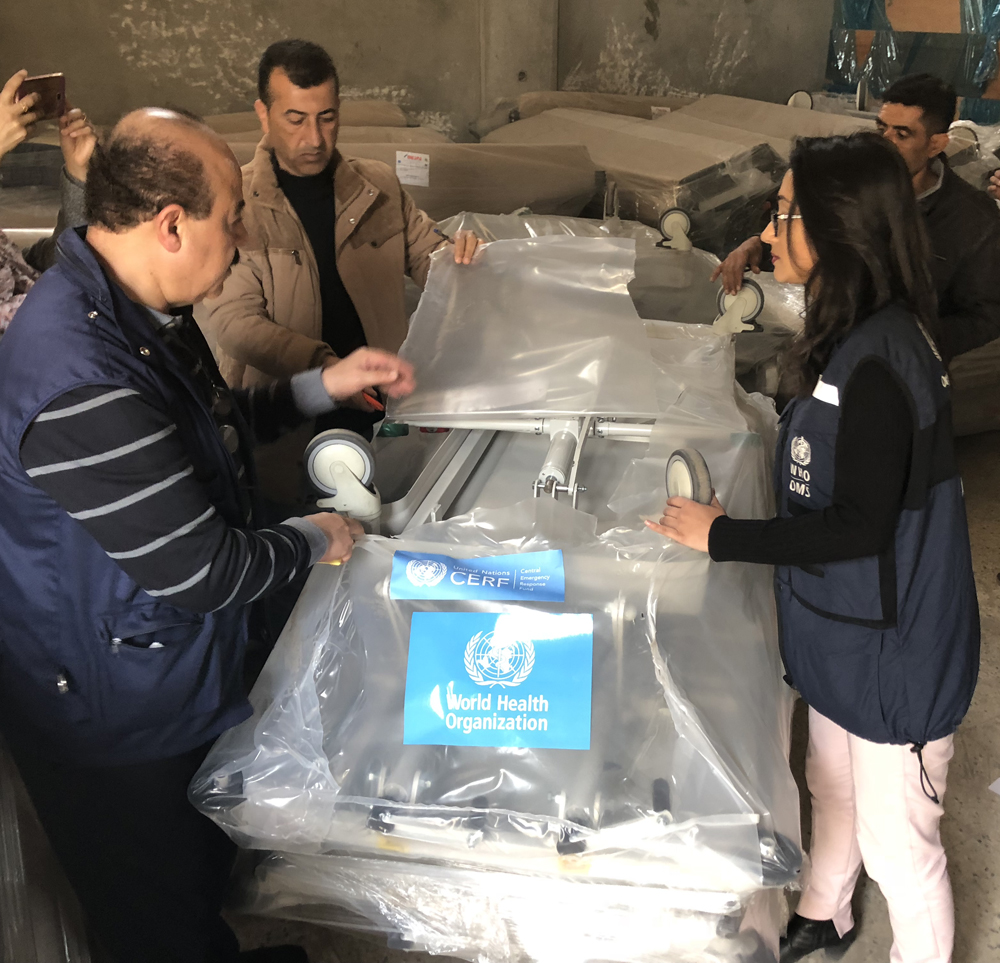 15 February, 2018, Gaza Strip –The World Health Organization is delivering more than 5 tonnes of essential life-saving medical equipment and over 20 essential medicines and surgical supplies to Gaza’s hospitals today to meet the needs of over 300,000 patients.
15 February, 2018, Gaza Strip –The World Health Organization is delivering more than 5 tonnes of essential life-saving medical equipment and over 20 essential medicines and surgical supplies to Gaza’s hospitals today to meet the needs of over 300,000 patients.
With resources from the Central Emergency Response Fund (CERF) and the Humanitarian Pooled Fund, the delivery contains life-saving medical equipment that has stopped functioning as a result of the electricity crisis, and medicines to specifically meet the needs of acutely vulnerable patients that need emergency care. The delivery also contains various types of diagnostic tests and laboratory reagents to cover the urgent needs of central laboratories and blood banks.
 “Together with key health partners, WHO is striving to prevent the collapse of Gaza’s health sector, but over 1.27 million people are still at risk and remain vulnerable if the health sector does not have the essential resources, such as electricity, drugs, and medical supplies to function” said Dr Gerald Rockenschaub, WHO’s Head of Office for the West Bank and Gaza.
“Together with key health partners, WHO is striving to prevent the collapse of Gaza’s health sector, but over 1.27 million people are still at risk and remain vulnerable if the health sector does not have the essential resources, such as electricity, drugs, and medical supplies to function” said Dr Gerald Rockenschaub, WHO’s Head of Office for the West Bank and Gaza.
Despite the restrictions, including the blockade, WHO continues to fill critical gaps in hospitals and health facilities. Earlier this week consolidated advocacy efforts by WHO, supported by UN-OCHA and the Humanitarian Coordinator, translated into securing funding for fuel for back-generators to help sustain the 14 public hospitals and 14 NGOs hospitals struggling to keep their doors open, while promoting sustainable strategic solutions to Gaza’s fuel crisis in the longer-term.
As the situation deteriorates, stocks of life-saving supplies are running dangerously low, laboratories are also struggling to procure the reagents and rapid tests that are crucial for accurate diagnosis.
More than 6,000 health workers have not received regular salary payments since July 2014 and 500 doctors have returned to work after 10 years of no clinical practice.
According to the 2018 Humanitarian Needs Overview, 1.2 million people in Gaza lack adequate access to health care. This presents a drastic increase of 45% from 2017.


